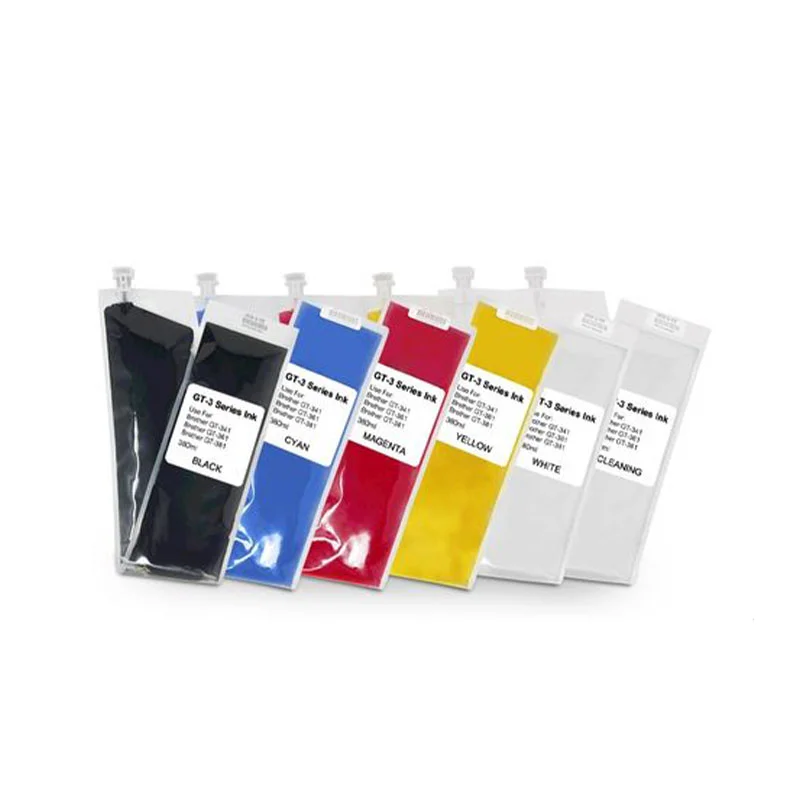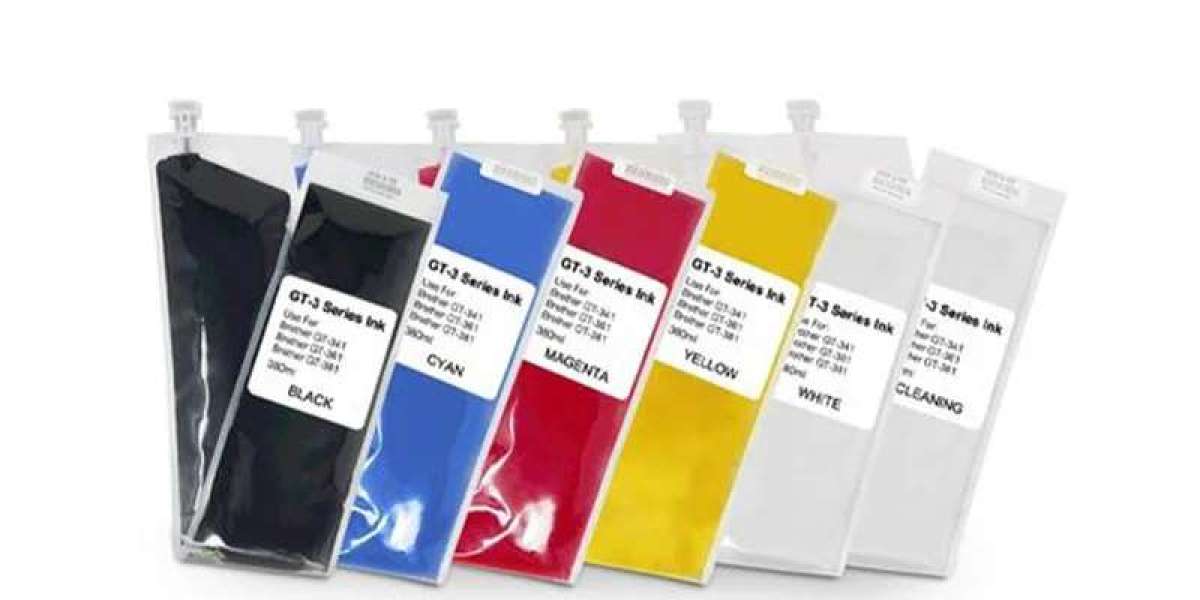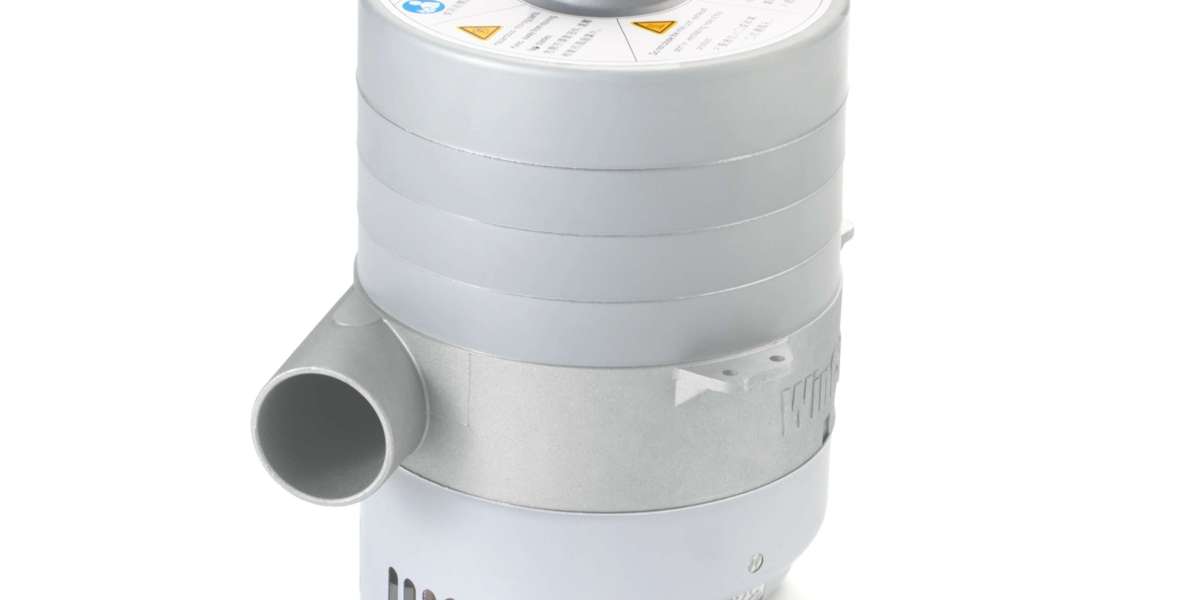Ink bags play a crucial role in the packaging and distribution of various types of inks. These bags are not merely containers but are engineered to meet the specific requirements of different ink types, ensuring safe and efficient transportation. Sunkey Packaging's ink bag is well-known in the printing industry for its excellent sealing performance and high-quality materials. These ink bags use advanced manufacturing technology to ensure that the ink will not leak during storage and transportation, thereby effectively maintaining the purity and stability of the ink. Sunkey Packaging is well aware of the high requirements for details in printing quality. Therefore, its ink bag design not only focuses on practicality, but also takes into account the concept of environmental protection, using recyclable materials to reduce the impact on the environment. Whether it is a large printing plant or a small studio, Sunkey Packaging's ink bag is an ideal choice to improve work efficiency and ensure printing quality.

Types of Inks and Their Properties
Water-Based Inks
Water-based inks are popular due to their environmental friendliness and low toxicity. They are primarily used in printing applications where eco-friendliness is a priority, such as in packaging, textiles, and signage. These inks are formulated with water as the primary carrier, which makes them easier to clean up and dispose of compared to solvent-based inks. However, water-based inks can be susceptible to microbial growth, requiring proper preservation techniques and packaging solutions.
Solvent-Based Inks
Solvent-based inks, on the other hand, are known for their durability and vibrant color output. They are widely used in printing applications that require high resolution and fade resistance, such as in automotive graphics, outdoor signage, and industrial labeling. Solvent-based inks contain volatile organic compounds (VOCs) that can evaporate during the printing process, providing a quick-drying and smudge-resistant finish. However, their chemical composition makes them more corrosive and requires specialized packaging to prevent leaks and ensure safe handling.
The Role of Ink Bags
Ink bags are specifically designed to cater to the unique requirements of both water-based and solvent-based inks. Here are the key selling points of ink bags that make them indispensable in the ink packaging industry:
Chemical Corrosion Resistance
One of the most critical features of ink bags is their ability to withstand chemical corrosion. Solvent-based inks, in particular, contain harsh chemicals that can degrade conventional packaging materials over time. Ink bags are made from specialized materials, such as polyethylene or polypropylene, that are resistant to these chemicals. This ensures that the ink remains intact and does not react with the packaging, preserving its quality and shelf life.
Pressure Resistance
Ink bags also need to be pressure-resistant to prevent leaks during transportation and storage. Whether the ink is in liquid or paste form, it can exert significant pressure on the packaging. Ink bags are reinforced with additional layers or designed with a vacuum-sealed structure to maintain their integrity under pressure. This ensures that the ink arrives at its destination without any spills or leaks, maintaining the cleanliness and safety of the shipping environment.
Versatility in Packaging Various Ink Types
The versatility of ink bags is another significant selling point. These bags can be customized to accommodate different ink types, viscosities, and volumes. Manufacturers can choose from a range of sizes, shapes, and materials to create the perfect packaging solution for their ink products. This flexibility allows ink bags to be used across various industries, from graphic arts to industrial manufacturing, making them a versatile and reliable packaging option.
Additional Benefits of Ink Bags
Besides their primary functions of chemical corrosion and pressure resistance, ink bags offer several additional benefits:
Easy to Handle and Store
Ink bags are lightweight and easy to handle, making them convenient for both manufacturers and end-users. They can be stacked and stored efficiently, reducing the footprint and costs associated with warehousing and distribution. Additionally, ink bags can be equipped with features such as handles, spouts, and resealable closures to enhance ease of use.
Cost-Effective Packaging Solution
Ink bags represent a cost-effective packaging solution for ink manufacturers. They are less expensive to produce and transport compared to traditional rigid containers, such as drums or bottles. This cost savings can be passed on to the consumer, making ink products more affordable and competitive in the market.
Environmentally Friendly
Ink bags are often made from recyclable materials, making them an environmentally friendly packaging option. As the world moves towards more sustainable practices, ink manufacturers are increasingly adopting ink bags as a way to reduce their carbon footprint and appeal to eco-conscious consumers.
Conclusion
In conclusion, Sunkey Packaging ink bags are a vital component of the ink packaging industry, offering a range of benefits that cater to the specific requirements of different ink types. Their ability to withstand chemical corrosion and pressure ensures that the packaged ink remains intact and safe throughout transportation and storage. Additionally, Sunkey Packaging ink bags are versatile, easy to handle, cost-effective, and environmentally friendly, making them an ideal packaging solution for ink manufacturers across various industries. By understanding the properties of different ink types and the unique selling points of ink bags, ink manufacturers can make informed decisions about their packaging needs, ensuring the safe and efficient distribution of their products.




